


Glimmer Kits


Glimmer Screens
Looking for a versatile tool to add something special to your project? Our Glimmer Screens - Fanciful Stencils are a re-usable set of 9 heavy-duty plastic, large stencils. Fanciful Stencils are the first part of an expandable series of Glimmer Screens. Use them with Glimmer Mist as a mask to make background patterns, use them for dry embossing, even use them as a stamp!

Tattered Trinkets
Vintage skeleton like keys sold in a three pack and offered in a matte black finish


Glimmer Glass
Imagine glimmering possibilities and endless inspiration with Glimmer Glass. These transparent overlays add the perfect accent to your scrapbooks, handmade cards and crafts. Acid-free and archival safe, these elegant adornments add beauty, dimension, and style to your creations in seconds! Distress, alter and "glimmerize" the overlays with Glimmer Mist. Yes Glimmer Mist works on Plastic and Much more!
Prismatic cardstock comes in 70# cover weight. One side of the sheet represents a fine art watercolor texture while the other side is smooth. These new finishes increase the versatility in all aspects of printing, scrapbooking, rubberstamping, paper crafting, card and invitation making.
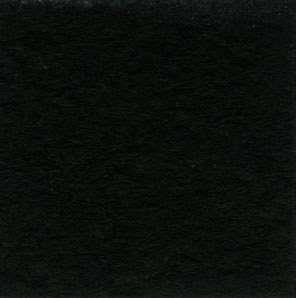
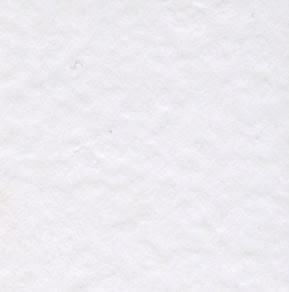
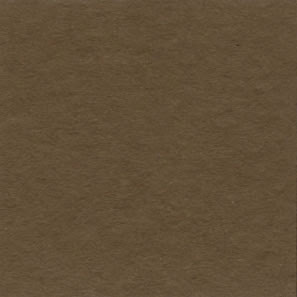
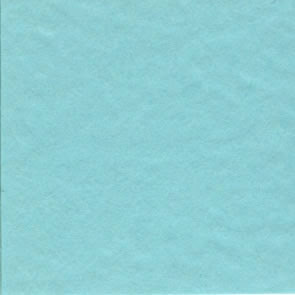

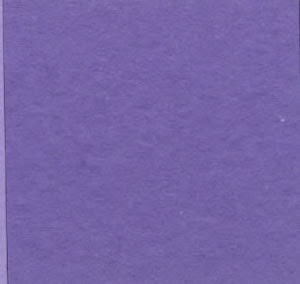
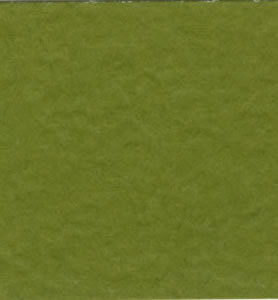
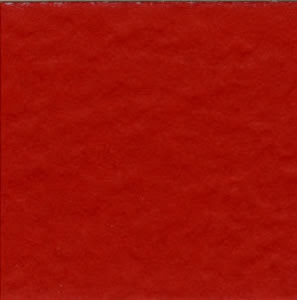












Maya Road Chipboard and Cotton Ribbon


























Bo Bunny
Peach Lane Line
Absolutely Beautiful!!!














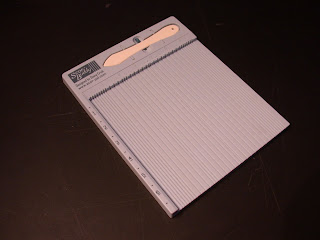
Peach Lane Line
Absolutely Beautiful!!!















SCOR-BUDDY mini Scor-Pal scoring tablet
The Scor-Buddy was designed for card makers and has grooves every 1/4" across the board, plus 1/8" grooves for the first and last inch of the board. It measures approx. 9" x 7.5" and has a fence down the left side. A free Scor-Tool is included in the snap-in holder and it comes with its own faux ultra suede carry tote.
The Scor-Buddy was designed for card makers and has grooves every 1/4" across the board, plus 1/8" grooves for the first and last inch of the board. It measures approx. 9" x 7.5" and has a fence down the left side. A free Scor-Tool is included in the snap-in holder and it comes with its own faux ultra suede carry tote.









